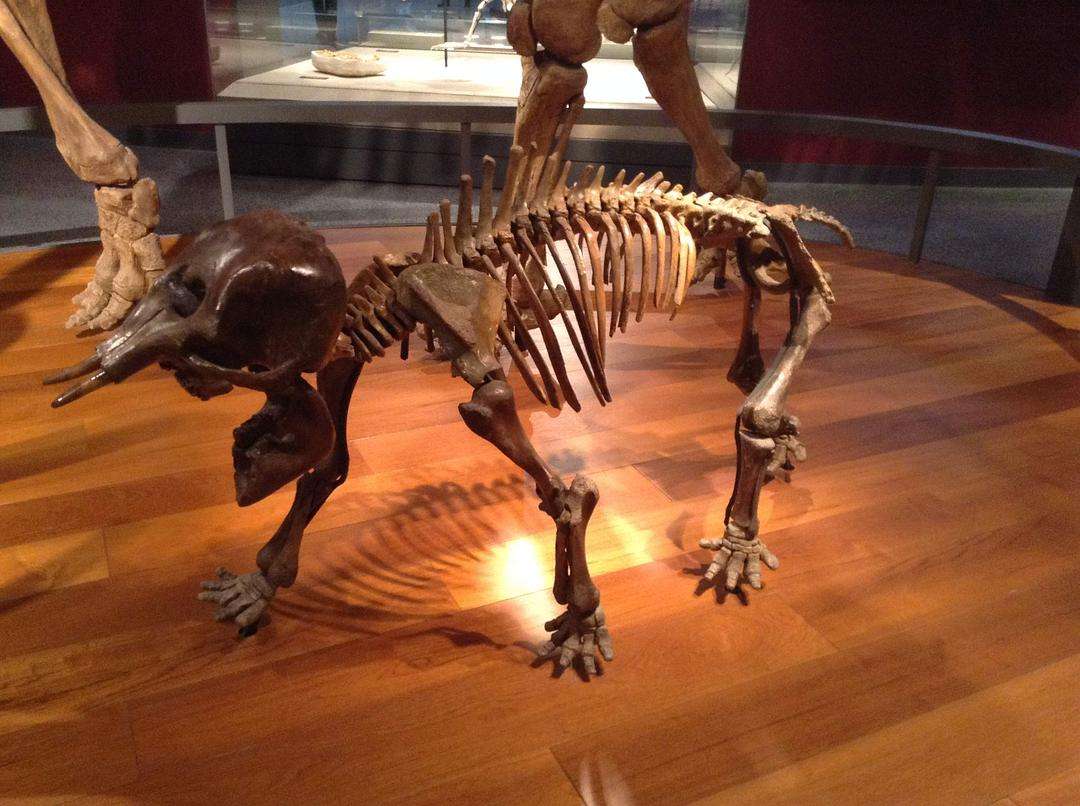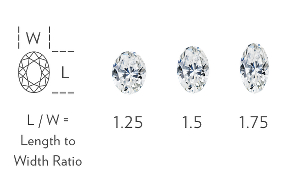



A Mersenne prime is a prime number of the form 2^P-1. The first Mersenne primes are 3, 7, and 31 corresponding to P = 2, 3, and 5 respectively. 2300 years ago, ancient Greek mathematician Euclid was able to prove that the number of primes is infinite by using reduction to absurdity, who thought some of which could be written in the form of 2^P-1. Such prime numbers, with their unique properties and boundless charm, have long fascinated professional mathematicians and amateurs to explore it. Marin Mersenne, a French polymath in the 17th century, is best known today among mathematicians for Mersenne prime numbers.

This particular form of prime was named “Mersenne Prime” in memory of Mersenne, who was knowledgeable, talented, enthusiastic and the first one to conduct the systematic and in-depth study of primes in 2^P-1 format. So far, only 51 Mersenne primes have been discovered, which are rare and charming, reputed as “the diamond on the mountain of mathematics”. Mersenne primes have always been an important part of number theory research, but also one of the hot spots of scientific research.
Those of format 2^P-1 seem simple, but are difficult to explore. When the exponent P is large, it requires not only advanced theory, skillful technique, but also arduous calculation. In 1772, Swiss-born mathematician Leohard Euler, who was known as “the hero of mathematics”, proved by mental arithmetic that 2^31-1 (2147483647) was the eighth Mersenne prime even when he was blind. The 10-digit prime was the largest known prime at that time.
In the times of “manual calculating and recording”, only 12 Mersenne primes were found through hard work. The emergence of the computer accelerated the process of Mersenne prime research. The year 1952 witnessed the birth of 5 Mersenne primes: 2^521-1, 2^607-1, 2^1279-1, 2^2203-1 and 2^2281-1, found by American mathematician Raphael Robinson and others in a few months using SWAC computer.
With the new technology Grid emerging, the exploration of Mersenne prime becomes more powerful. At the beginning of 1996, American mathematician and programmer George Woltman compiled a program for calculating Mersenne prime numbers, and put it on the web page for mathematicians and amateurs to use for free. This is the world-famous “the Great Internet Mersenne Prime Search” (GIMPS), as well as the world’s first Internet-based grid computing project. Grid computing provides a new model for solving large-scale computing problems by utilizing the unused resources of a large number of heterogeneous computers (mainly desktop computers).
In order to encourage people to search for Mersenne primes and promote the development of Grid computing,the Electronic Frontier Foundation(EFF), headquartered in the United States, set up a special award in 1999 to reward the discoverers of Mersenne prime. It stipulates that US$50000 will be awarded for discovery of the first 10 million-digit prime through GIMPS. The following awards are: US$100,000 for more than 10 million digits, US$150,000 for more than 100 million digits and US$250,000 for more than 1 billion digits. However, most people participate in GIMPS not for money, but for curiosity, honor and exploration.
Now anyone who goes to the GIMPS homepage and downloads a free program called "Prime95" can immediately join the GIMPS project to search for Mersenne primes. At present, there are nearly 230,000 online users from more than 190 countries and regions in the world participating in GIMPS project, and more than 2.15 million core central processing units (CPU) have been used to network to find Mersenne primes. In addition, participants in BOINC, the world's largest Grid computing platform, can also join the GIMPS project. It can be seen that the search for Mersenne primes is a super hit, which is rarely seen in the history of both mathematics and science.

Not long ago, Patrick Laroche, an Internet expert and math enthusiast from Florida, USA, successfully discovered the 51st Mersenne prime — 2^82589933-1, by using GIMPS. With 24,862,048 digits, it is the largest prime ever discovered. If this Mersenne prime is printed in regular size, it will be over 100 km in length!
It is particularly worth mentioning that French mathematician Édouard Lucas and American mathematician Derek Lehmer both made significant contributions to the way of testing the primality of Mersenne primes. The Lucas-Lehmer primality test serves as the best method of testing if a number of this form is prime. Zhou Haizhong, a Chinese mathematician and linguist, gives the exact expression of the distribution of Mersenne primes, which has been named “Zhou’s Conjecture” internationally.
Mersenne prime is of great theoretical importance and rich practical value in modern times. Its exploration has promoted the research of number theory -- The Queen of Mathematics, advanced the development of computing technology, cryptography technology, programming technology and the application of Fast Fourier Transform. By the way, over the past 100 years, almost all of the "largest primes" discovered are Mersenne primes.
Besides, Mersenne prime is often used to test whether the computer's hardware operation is correct. Lately, a German GIMPS project participant found that when the Intel Skylake processor was executing Prime95 to search for Mersenne prime, the bug that can trigger system crash appeared while the exponent P is equal to 14,942,209. Experts think this bug can lead to applications that freeze up or even crash. Intel has acknowledged the bug and fixed it.
Because the research of Mersenne prime needs the support of various disciplines and technologies, many scientists believe that the research results of Mersenne prime, to some extent, reflect the scientific and technological level of a country. Marcus Sautoy, President of the British Society for Mathematics and author of The Music of the Primes, even believes that Mersenne prime exploration can challenge the limits of human science and technology and wisdom, and its results are one of the important symbols of a country's scientific and technological innovation ability. It can be believed that Mersenne prime with infinite charm will attract more and more explorers, and there will be more and more research achievements in the future.